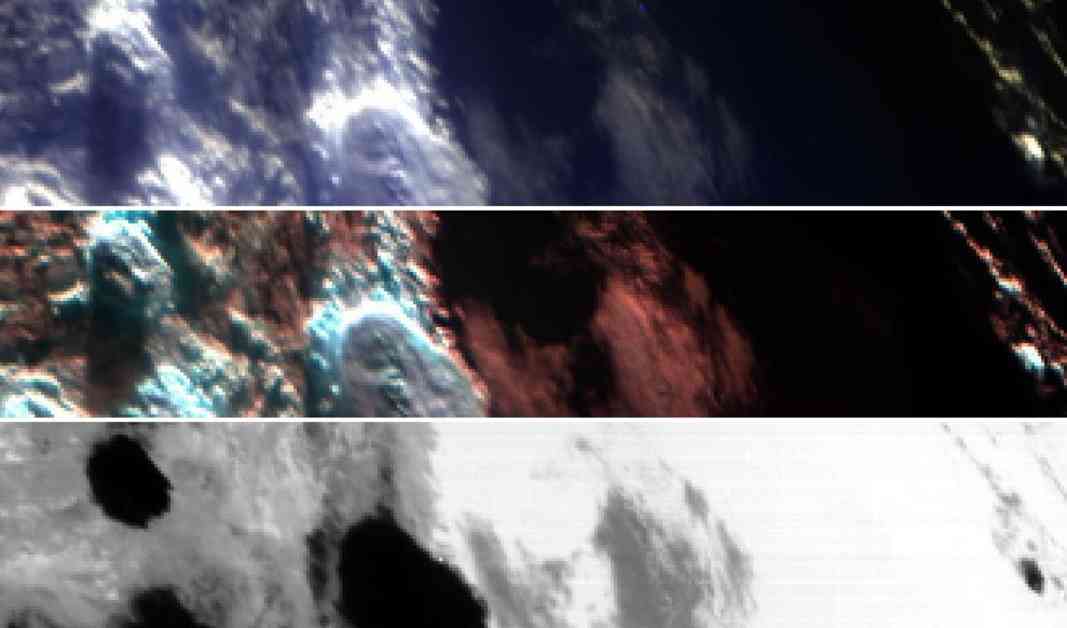Juice Mission Confirms Earth’s Habitability
During the recent flyby of Earth on August 20th, the European Space Agency’s Jupiter Icy Moons Explorer (Juice) made a significant discovery. The mission found essential ingredients for life in Earth’s atmosphere, further confirming the habitability of our planet.
The primary purpose of the flyby was to test and calibrate Juice’s scientific instruments in space before its arrival at Jupiter. Two key instruments, the Moons and Jupiter Imaging Spectrometer (MAJIS) and the Submillimeter Wave Instrument (SWI), collected data that provided evidence supporting Earth’s habitable conditions.
MAJIS captured images of the Pacific Ocean and measured the composition of Earth’s atmosphere, detecting molecules such as oxygen, ozone, carbon dioxide, and water. Additionally, the instrument generated temperature maps of Earth’s surface using infrared light. The MAJIS team plans to analyze the data further, focusing on the concentration of oxygen in the atmosphere to determine its potential to support biological activity.
SWI, on the other hand, listened for signals from various molecules in Earth’s atmosphere, including essential elements like carbon, hydrogen, nitrogen, oxygen, phosphorous, and sulfur. These elements are crucial components of living organisms. The instrument’s findings will contribute to understanding the habitability of Jupiter’s icy moons, which are believed to harbor oceans beneath their surfaces.
ESA Juice project scientist Olivier Witasse expressed confidence in the mission’s results, emphasizing the importance of MAJIS and SWI in investigating potential habitats for life within Jupiter’s icy moons. Once at Jupiter, SWI will study the composition of the planet and its moons, shedding light on their climates, origins, and histories. This information will not only reveal their habitability but also provide insights into possible biological activities.
SWI was developed by an international consortium led by the Max Planck Institute for Solar System Research, with contributions from national funding agencies like DLR in Germany. MAJIS, developed by a consortium of European scientists and engineers, received significant support from France and Italy through their respective space agencies. The mission’s findings hold promise for uncovering the mysteries of our solar system and potential habitats for life beyond Earth.












